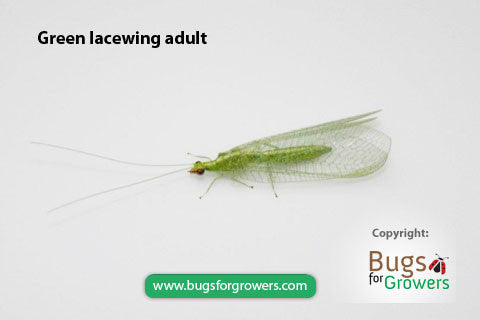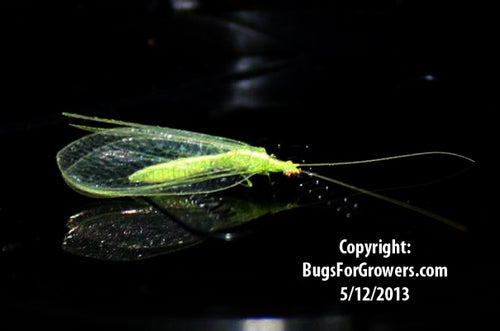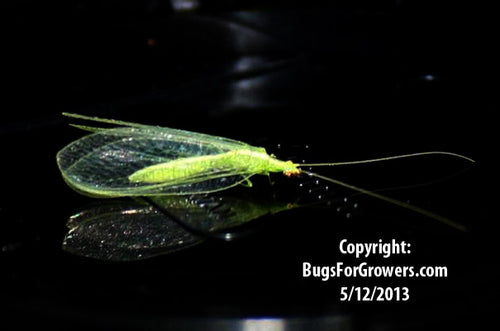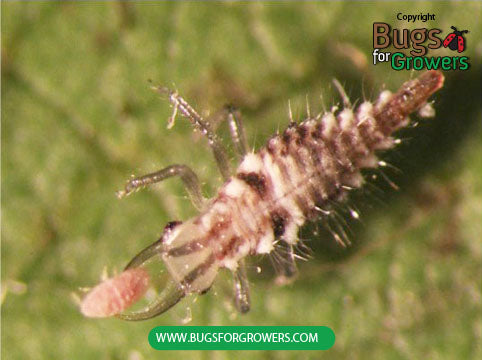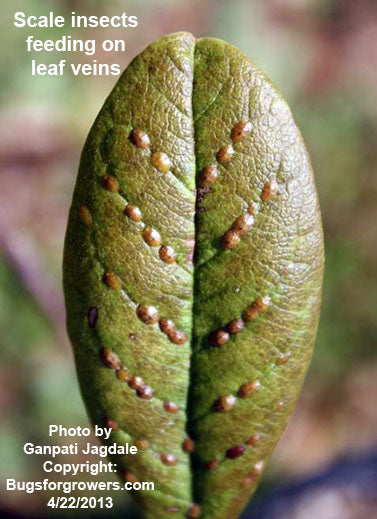Scale Insects
Damage caused by the Scale insects
Scale insects suck cell sap from twigs, branches and leaves. Severe feeding causes yellowing of leaves, dieback of twigs and branches, and reduction of plant vigour. In case of severe infestation, scale insects can kill twigs, branches and eventually the entire plant.
Facts (show all)
- Common names
-
- Scale Insects
- Scientific name
-
- California red scale, Aonidiella aurantii
- California yellow scale, Aonidiella citrine
- The magnolia white scale, Pseudaulacaspis cockerelli
- The oystershell scale, Lepidosaphes ulmi
- The San Jose scale, Quadraspidiotus perniciosus
- Identification
-
Armored Scale Adults: Armored scales can be circular, convex, like oyster shell- shaped or pear- shaped and white, black, brown, gray or yellowish orange in color. Armored scales are about 0.3 inch long.
Soft Scale Adults: Adults of soft scales are oval and convex in shape, and covered with a waxy layer. Soft scale can be brown, yellow, gray, green, pink, black or reddish brown in color and about 0.5 inch long.
Eggs: Eggs of the scale insects are white in color and oval in shape.
Crawlers: The crawlers are tiny creamy to reddish brown in color.
Pupae: No Pupae
- Biology
-
Armored scales: Armored scales overwinter as eggs underneath the hard scale of females. When temperature warms up in the spring, eggs hatch into small crawlers that migrate to new feeding sites and start feeding on plant tissues. While feeding, they secrete hard protective cover, lose legs and remain in one place until they mature and start laying eggs. Depending on the species, armored scales can complete 2-3 overlapping generations in a year.
Soft scales: Soft scales overwinter as immature stages and/or fertilized females. underneath the hard scale of females. When temperature warms up in the spring, immature stages resume feeding and fertilized females will lay eggs that hatch into small crawlers. These crawlers then search for new feeding sites. Once suitable feeding sites are located, crawlers begin feeding on plant tissues. While feeding, they secrete soft protective cover, retain their legs and remain in one place until they mature. Most of the soft scale species complete one generation in a year.
- Organic Control of the Scale insects
-
- Following beneficial bugs and plant products are used for organic control of the Scale insects
- Predatory Green lacewings
-
- Chrysopa carnea
- Chrysoperla rufilabris
- Ladybugs or predatory lady beetle for scale control
-
- Hypodamia convergens
- Lindorus lophanthae
- Parasitic wasp
-
- Aphytis melinus
- Plant Product
-
- Molt-X® - (Active ingredient – Azadirachtin a compound isolated from neem leaves)

